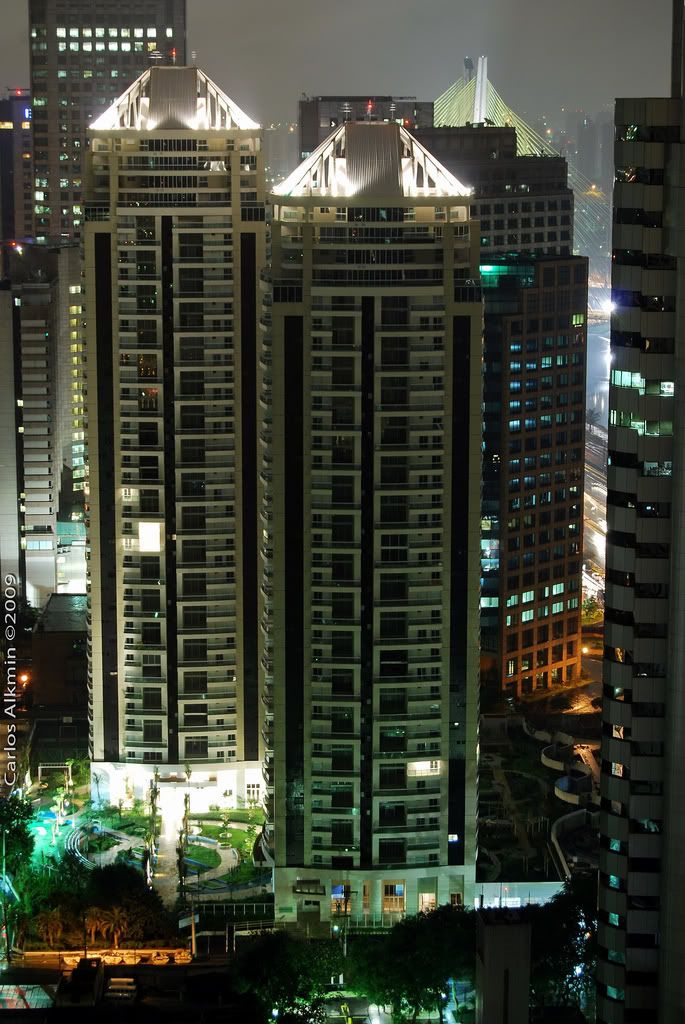Samba Italiana - The historical journey of Italians in Sao Paulo
By Gabriel Riel-Salvatore - PanoramItalia.com - July 2, 2014
Renowned for its prestigious museums, great restaurants and its forest of skyscrapers, Sao Paulo, the economic heart of Brazil, is one of the largest cities in the world. With no less than 20 million inhabitants, this Brazilian megalopolis is home to a multitude of cultural communities that all contributed in their own way to its tremendous growth.
Like many major cities in southern Brazil, such as Porto Alegre, Curitiba and Belo Horizonte, the impact of Italian immigration was such that many thought of Sao Paulo as an almost “Italian” city in the early 20th century. Given this, one wonders what legacy these millions of Italian-Brazilian “colonos” left behind and what has become of their descendants today?
An overview of the Italian Diaspora in Brazil
Today, the number of people with Italian origins in Brazil is estimated at 25 to 30 million, nearly 16 percent of the total population. Among them, 5 to 7 million live in the metropolitan area of Sao Paulo, making the Brazilian metropolis the third largest “Italian city” in the world after Rome and Milan. Not too surprisingly, after five generations on Brazilian soil, few “Oriundi” (descendants of Italian immigrants) have retained anything but their Italian names. And yet with nearly 4 million people still embracing their Italian origins, the community can be said to be doing quite well, all things considered.
 Migration to cities
Migration to citiesThough Sao Paulo eventually became the largest city in South America, it began as a humble trading post before leaping into modernity from the early 19th century onwards and overshadowing its neighboring rivals in size and importance. The more than one million Italians who initially settled in the state of Sao Paulo between 1880 and 1914 were crucial to the city’s development.
The industrialization of Brazil
At the height of the Roaring Twenties, in the wake of the industrial boom which took over the city, a few Italian investors accumulated colossal fortunes. Like the Rockefellers and Carnegies of New York, the Martinelli and Matarazzo families became some of the richest in the city and the country. Giuseppe Martinelli inaugurated the city’s first skyscraper in 1929. Ten years later, Indústrias Reunidas Francisco Matarazzo (a huge conglomerate) asked Marcello Piacentini, Mussolini’s official architect, to build its prestigious headquarters in a Fascist architectural style.
Today, that same building houses Sao Paulo’s City Hall. Of course, not all Italian immigrants made it rich, and today Brazil maintains the dubious distinction of being one of the world’s most unequal countries. In 1901, 90% of workers and 80% of construction workers in Sao Paulo were Italian. These proletarians settled by the thousands in the city’s central areas, founding neighborhoods like Bela Vista (Bixiga), Bras and Mooca (the latter being mainly composed of Neapolitan immigrants). Living in “cortiços” (row homes that line narrow avenues) in the shadow of factories, they worked tirelessly to improve their living conditions.
.


No comments:
Post a Comment